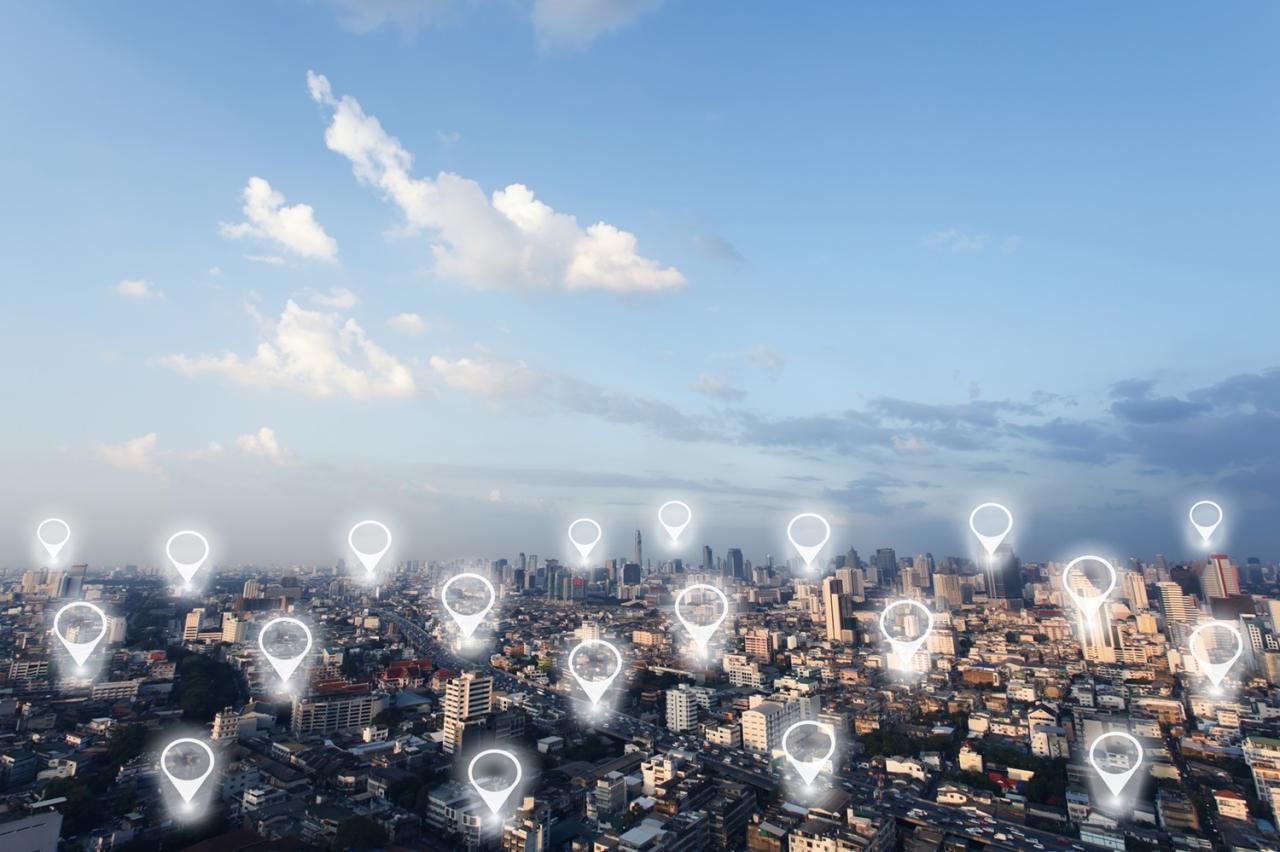
NORTHAMPTON, MA / ACCESS Newswire / May 20, 2025 / California's Senate Bill 1137 (SB 1137) introduces new regulations for oil and gas operations, establishing 3,200-foot Health Protection Zones (HPZs) around sensitive areas such as homes, schools, and hospitals. Within these zones, operators must adhere to enhanced safety, environmental, and community engagement requirements. As of June 28, 2024, the law is fully implemented and enforced statewide.
To assist operators in navigating these new regulations, read on for an outline of the key compliance requirements and steps necessary to operate within HPZs.
1. Understand the Health Protection Zone (HPZ)
An HPZ is defined as the area within 3,200 feet of a sensitive receptor. Sensitive receptors include residences, educational institutions, healthcare facilities, community centers, and any building open to the public. Operators must identify whether their facilities fall within these zones. To assist with this, California's Geologic Energy Management Division (CalGEM) provides an interactive mapping tool to determine if your operations are within an HPZ.?
2. Operational Requirements for Existing Facilities
Starting January 1, 2025, all oil and gas production facilities with wellheads within an HPZ must comply with the following health, safety, and environmental requirements:?
Permit Compliance: Adhere to all applicable local, state, and federal permits.?
Public Notice: Post contact information at the site perimeter for complaints regarding noise, odor, and other concerns.?
Noise and Light Control: Limit sound levels between 8 p.m. and 7 a.m. to ambient noise levels at the property line and minimize light generation during these hours.
Dust and Particulate Control: Implement measures to prevent dust migration beyond property boundaries, including limiting vehicle speeds on unpaved roads to 15 mph or less and covering stored materials.
Air Quality Compliance: Cease use of any facility or equipment not in compliance with air district requirements to prevent vapor venting.
Produced Water Analysis: Submit chemical analyses of produced water transported from the oilfield to CalGEM within three months of transport.
3. Leak Detection and Response Plan
Operators must develop a leak detection and response plan for facilities within HPZs:?
Submission Deadline: Submit the plan to CalGEM by January 1, 2025.?
Approval Process: CalGEM will approve the plan or provide notice of deficiencies by January 1, 2026.?
Implementation: Fully implement the approved plan by January 1, 2027.?
The plan must identify target chemical constituents, such as methane and hydrogen sulfide, and include an emissions detection system with performance standards set by the Air Resources Board (ARB).
4. Notifications and Water Quality Sampling Requests
Before commencing any work requiring an NOI within an HPZ, operators must:?
Notification: In compliance with Public Resource Code 3284, Section 1765.4 and 1765.41 operators must contact property owners and tenants within a 3,200-foot radius of the wellhead, offering to sample and test water wells or surface water on their property.
Sampling Requirements: Conduct baseline water quality sampling before drilling and follow-up testing within 120 days after drilling completion.?
Reporting: Submit water quality sampling data to CalGEM, the State Water Resources Control Board, and the appropriate regional water board.
5. Annual Reporting
Beginning January 1, 2027, and annually thereafter, operators with facilities in HPZs must report the following to CalGEM:?
Operational status of emissions detection systems.
Number and details of validated alarms and leaks.
Community notifications regarding leaks persisting beyond 48 hours.
Suspensions of operations due to leaks.?
Results of baseline and post-drilling groundwater testing.
6. Exemptions
SB 1137 does not apply to:
Underground gas storage wells and their attendant production facilities.?
Operations solely for plugging and abandoning wells for nonfossil fuel development purposes, such as housing or commercial projects.?
7. Resources and Tools
To assist with compliance:?
CalGEM's SB 1137 Page: Provides detailed information, guidance documents, and links to necessary forms and tools.?
Interactive Mapping Tool: Helps determine if your operations are within an HPZ.?
Sensitive Receptor Identification Form: Allows you to identify sensitive receptors in your community.
Conclusion: Navigating Compliance with SB 1137
SB 1137 represents a significant shift in California's approach to oil and gas operations, emphasizing the protection of public health and the environment. For operators within HPZs, proactive compliance is not just a legal obligation but also a commitment to community well-being and sustainable practices.?
To ensure compliance:
Stay Informed: Regularly consult CalGEM's SB 1137 webpage for updates, guidelines, and resources.?
Engage with Communities: Maintain open communication with local residents and stakeholders to address concerns and demonstrate transparency.?
Invest in Technology: Utilize advanced monitoring and detection systems to meet leak detection and emissions requirements effectively.?
Plan Ahead: Develop and implement required plans, such as leak detection and response strategies, well before the stipulated deadlines to avoid operational disruptions.?
By embracing these practices, operators can not only comply with SB 1137 but also contribute to a healthier environment and foster trust within the communities they serve.
Do you have questions about your compliance? Our team is here to help you get answers!

View additional multimedia and more ESG storytelling from Antea Group on 3blmedia.com.
Contact Info:
Spokesperson: Antea Group
Website: https://www.3blmedia.com/profiles/antea-group
Email: info@3blmedia.com
SOURCE: Antea Group
View the original press release on ACCESS Newswire:
https://www.accessnewswire.com/newsroom/en/business-and-professional-services/7-things-energy-operators-must-know-about-sb-1137-compliance-1029916
